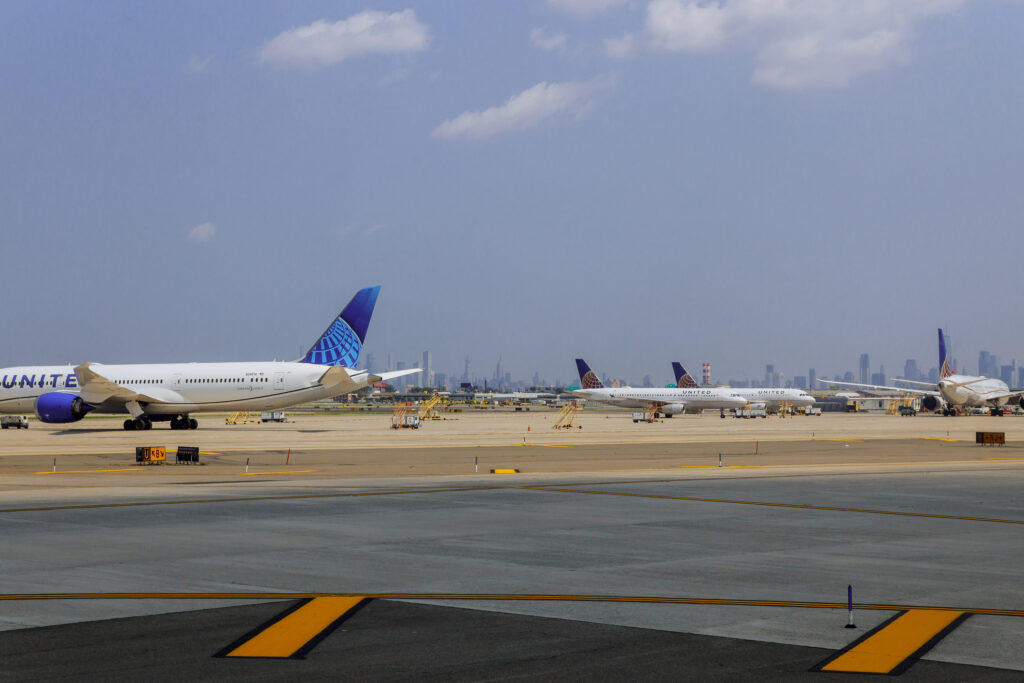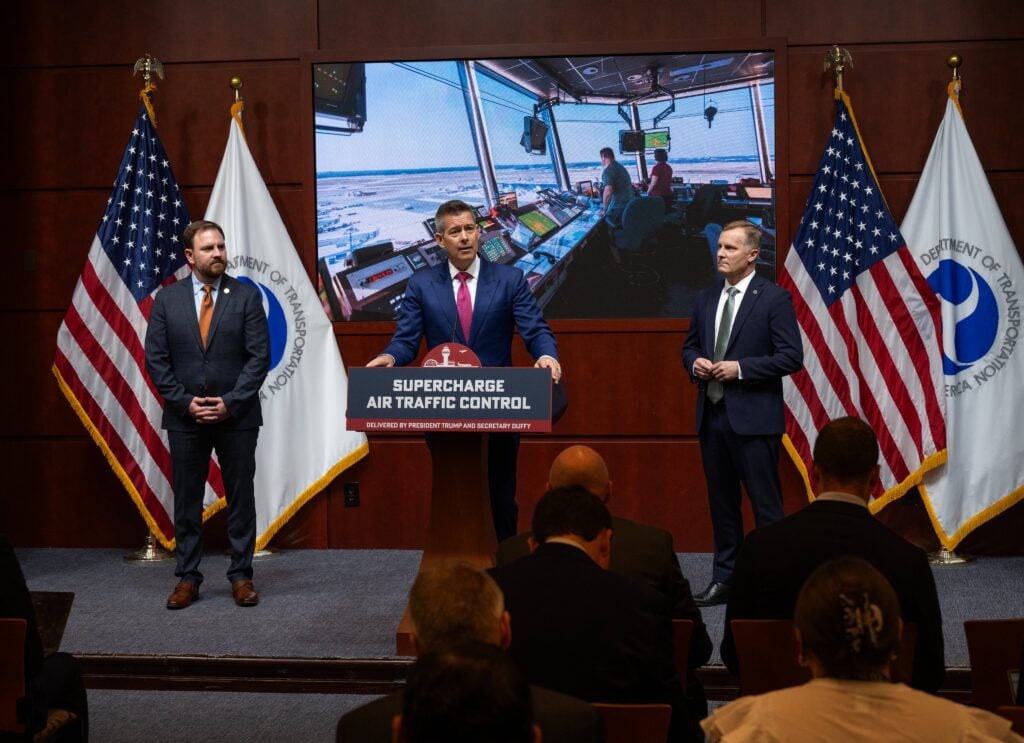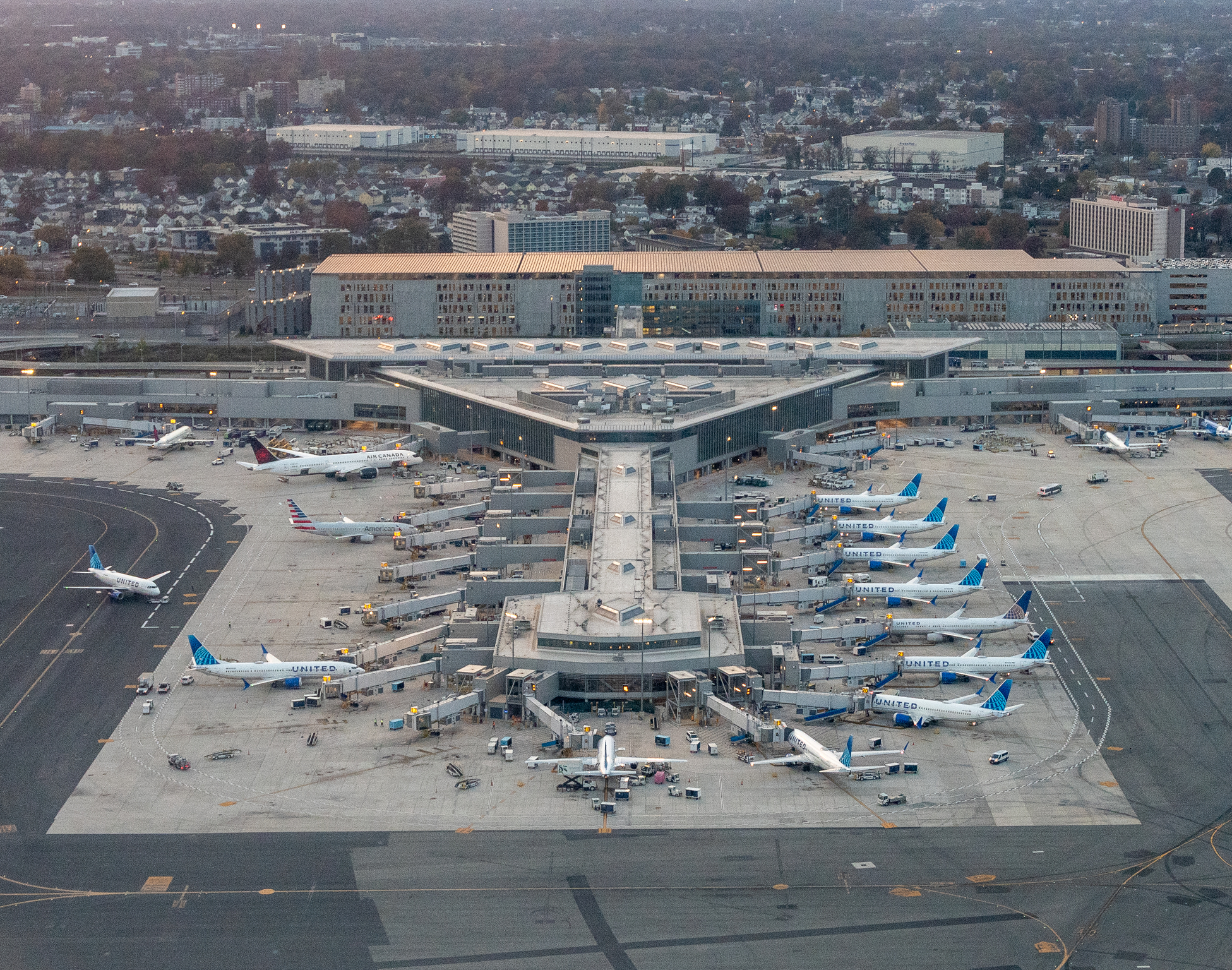Newark, NJ – If you read the local and mainstream media, the mess happening over the skies and on the ground at Newark Airport is Donald Trump’s fault, but if you look closer at the facts, you’ll find a deeper problem that has gone on for years.
Newark Liberty International Airport, one of the busiest travel hubs in the United States, has been grappling with significant disruptions following a walkout by air traffic controllers last week.
The protest, which saw over 20% of the airport’s controllers abandon their posts, has led to widespread flight delays and cancellations, exposing deep-seated issues within the Federal Aviation Administration (FAA) and its management of air traffic control operations.
The walkout, which began early Friday was a response to what controllers describe as years of chronic understaffing, outdated technology, and a lack of support from FAA leadership.

Union representatives have pointed to a “culture of indifference” within the agency, arguing that controllers at Newark, who manage the nation’s third-busiest airspace, have been stretched to their breaking point.
The media did not report this. Instead, they portrayed the problem as being a product of Trump’s agenda.
The situation was exacerbated by recent equipment failures, including multiple instances of critical air traffic systems outages, which further heightened tensions.
Governor Phil Murphy also admitted the issues were not new to the Trump administration, as hard as it might have been.
“The flight delays and cancellations over the past few days at Newark Airport have been completely and utterly unacceptable,” Murphy said. “I know Transportation Secretary Sean Duffy is committed to addressing our nationwide air traffic controller shortage by supercharging hiring. The past few days have shown us exactly why we need to reverse the decades of staffing decline at the FAA.”
Secretary Duffy said the agency is working on incentives to retain experienced veteran air traffic controllers and a new program to hire more in the near future.
United Airlines, the largest operator at Newark, reported that the walkout, combined with the ongoing national shortage of air traffic controllers, forced the airline to cancel 35 round-trip flights per day starting this past weekend.
The CEO of the company said the problem existed long before Trump.
CEO Scott Kirby stated, “This particular air traffic control facility has been chronically understaffed for years, and without these controllers, Newark airport cannot handle the number of planes scheduled to operate there.” By Sunday, May 4, 44% of departing flights and 48% of arriving flights at Newark were delayed, with hundreds of flights canceled over the week, according to flight tracking data.
The FAA has attributed the disruptions to a combination of factors, including the nationwide controller shortage, runway construction at Newark, and equipment failures at the Philadelphia air traffic control center, which oversees Newark’s airspace. One of Newark’s runways has been closed for a $121 million rehabilitation project until mid-June, reducing the airport’s capacity and forcing planes to land and depart on the same runway—a highly inefficient process that has compounded delays.
However, the controllers’ grievances point to deeper systemic issues. Insiders report that the FAA’s relocation of Newark’s controllers from Long Island to the airport itself, a move that began last summer, has added strain due to poor working conditions and inadequate infrastructure. Many controllers have reportedly requested medical leave amid the stress, further depleting staffing levels. A veteran air traffic controller at Newark issued a stark warning, telling MSNBC correspondent Tom Costello on Friday, “It is not safe. It is not a safe situation right now for the flying public,” urging travelers to avoid the airport entirely.
The Trump administration has acknowledged the crisis, with Transportation Secretary Sean Duffy visiting the Newark control tower on Friday to address concerns.

Duffy announced plans for a major overhaul of the air traffic control system, promising to “build a brand new air traffic control system, state of the art, gold plated, envy of the world.” The administration has also introduced incentives to hire new controllers, with FAA Acting Administrator Chris Rocheleau stating that a team is currently investigating the technology interruptions.
The walkout and its fallout have sparked broader concerns about aviation safety and the sustainability of the current air traffic control system. With travel demand expected to rise over the summer, experts warn that without significant reforms, the situation at Newark—and potentially other major airports—could worsen.
For now, travelers are left to navigate the chaos, as Newark’s control towers stand as a stark reminder of a system under strain.
